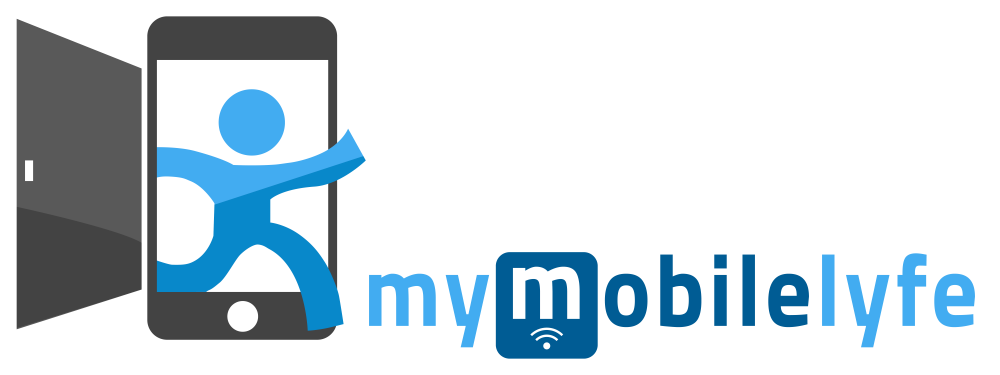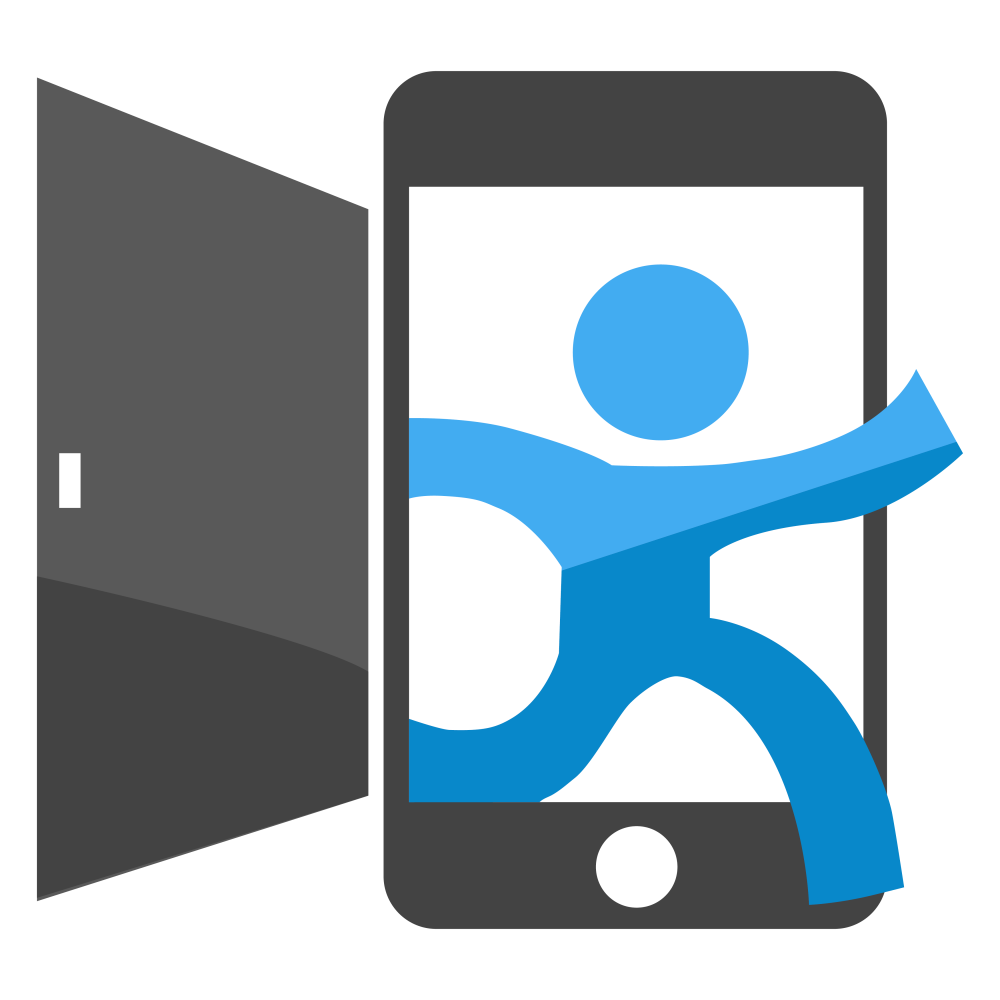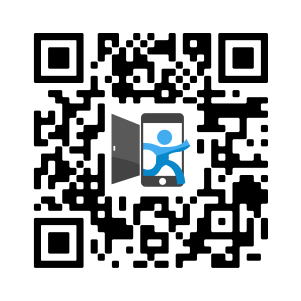More than a third of young adults who book travel plans are likely to do it with a smartphone or tablet, a Hotwire.com survey reveals.
 The discount travel site released today the findings of its third annual American Travel Behavior Survey. Harris Interactive, which conducted the online poll for Hotwire, surveyed over 2,000 U.S. adults 18 and older in October.
The discount travel site released today the findings of its third annual American Travel Behavior Survey. Harris Interactive, which conducted the online poll for Hotwire, surveyed over 2,000 U.S. adults 18 and older in October.
The survey found that 18 percent of adults who have ever booked travel plans have done so using a mobile device. The results revealed 37 percent of adults 18 to 34, and 25 percent of adults ages 35 to 44, are significantly more likely to book their trips using a smartphone or tablet.
Also, 12 percent of those who have booked travel with a mobile device used a smartphone, while 10 percent used a tablet.
The survey also revealed that 48 percent of adults say they’re more comfortable with last-minute bookings, done within seven days of checking in. Not surprisingly, this is where Hotwire says it’s done a lot of business, with 80 percent of its bookings on smartphones and 70 percent on tablets are made the day before or day of arrival.
Currently, nearly 20 percent of Hotwire’s booking occur on mobile devices.







Recent Comments